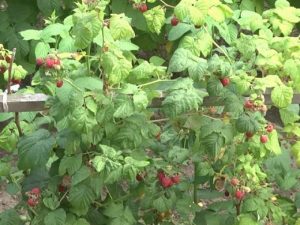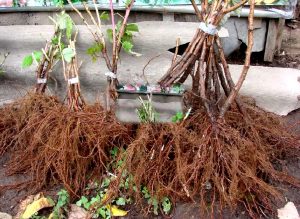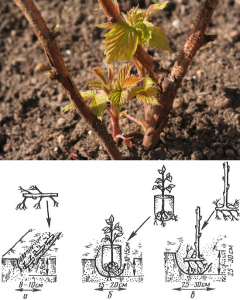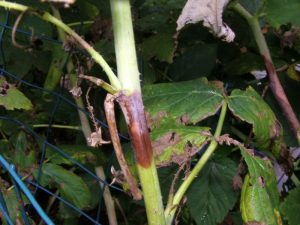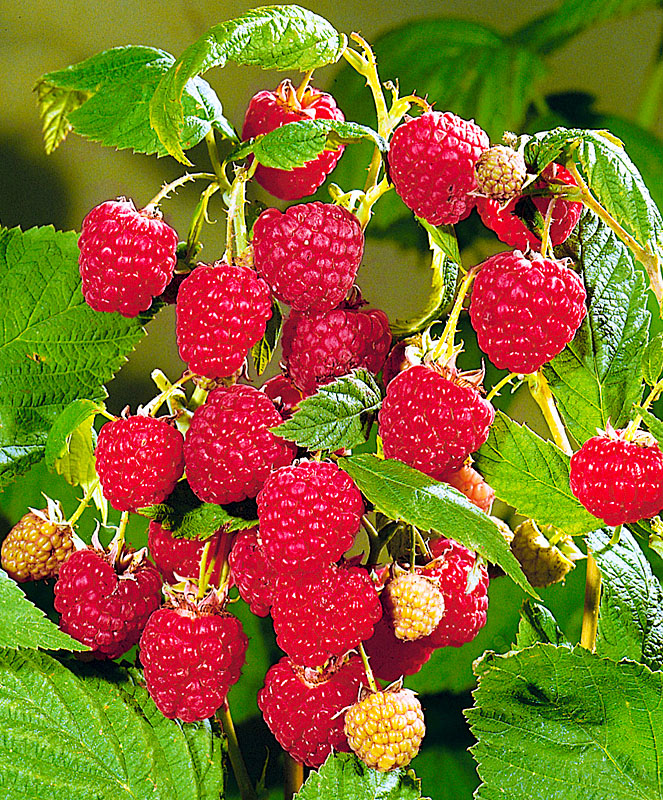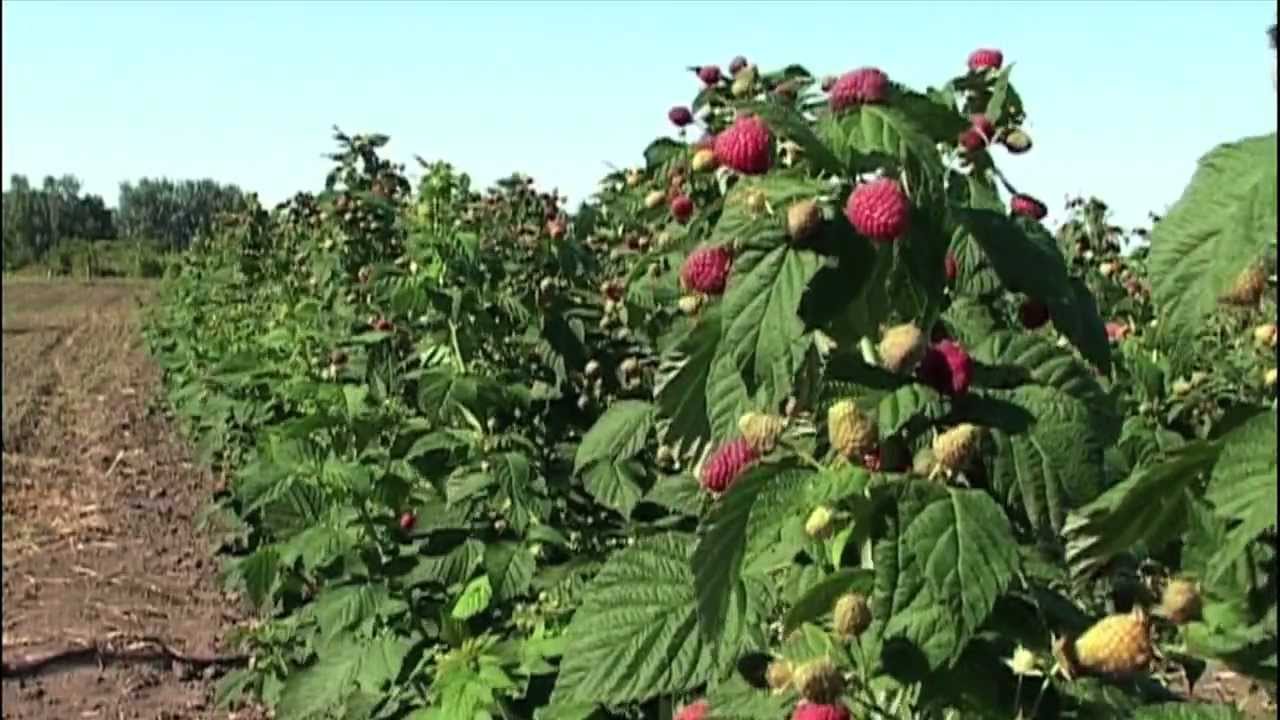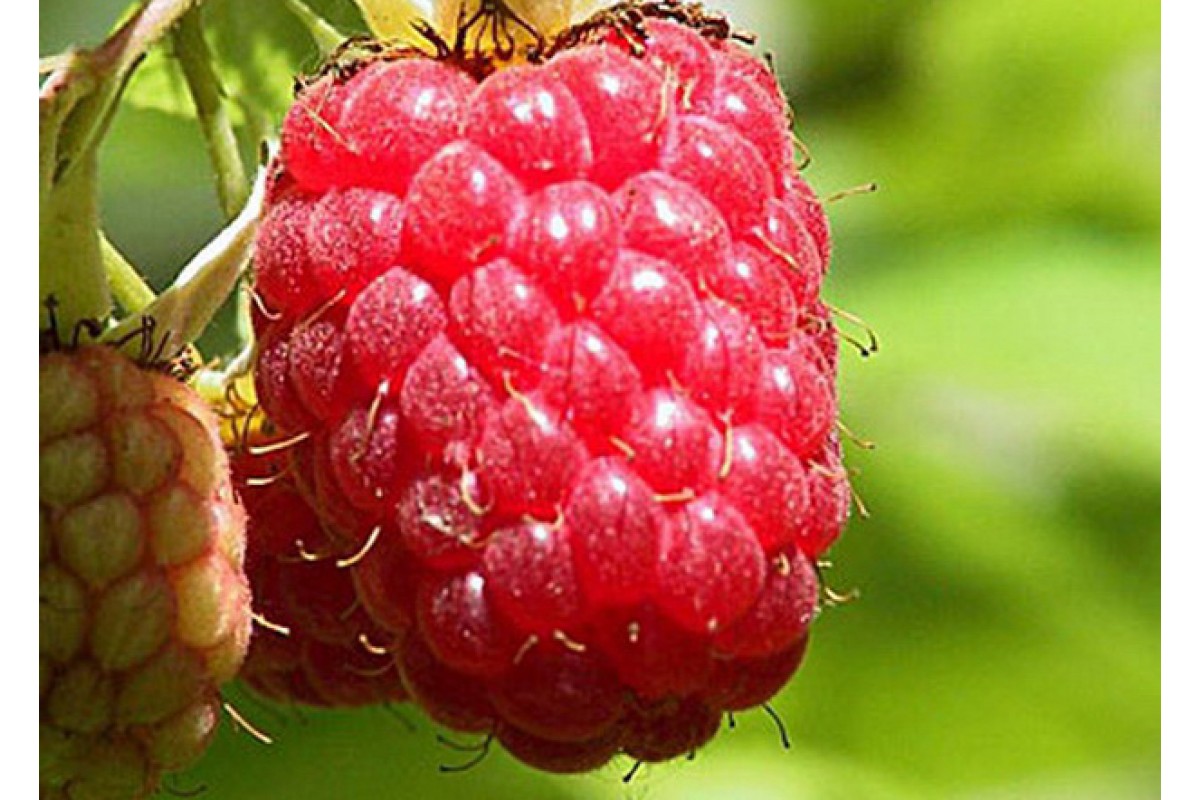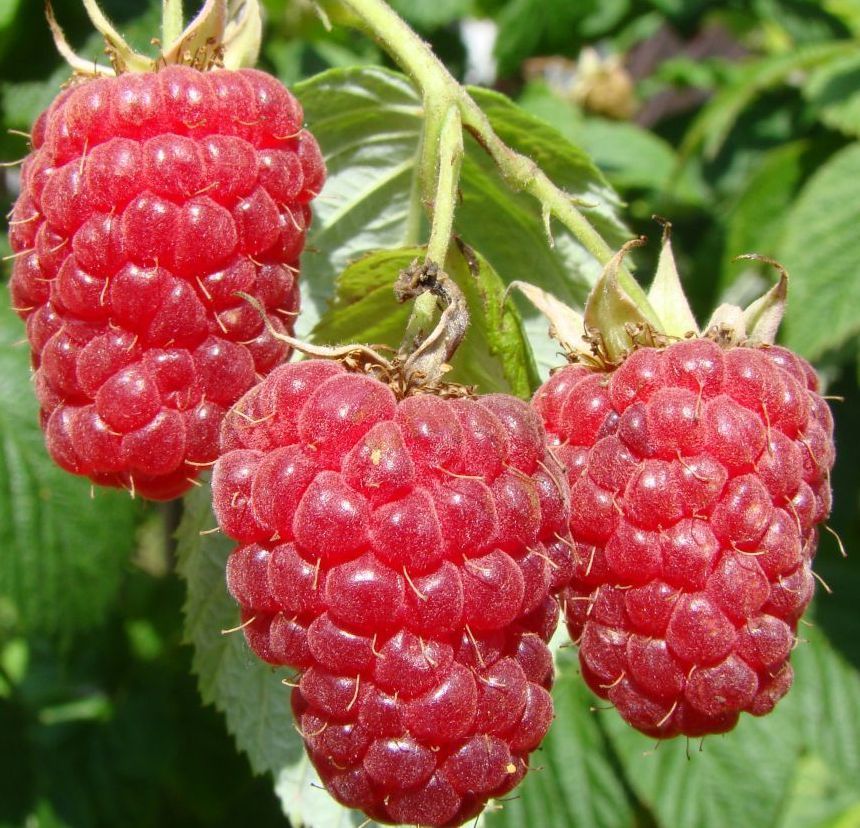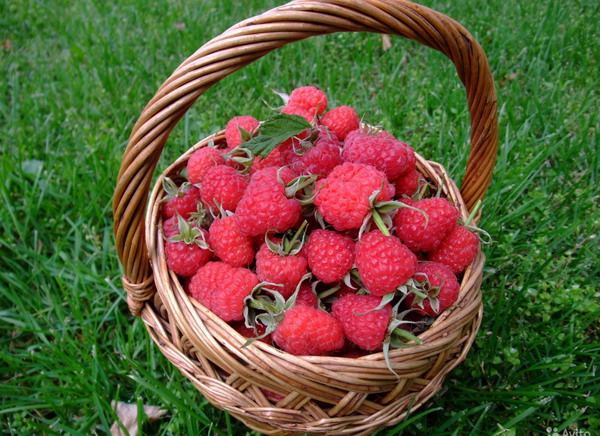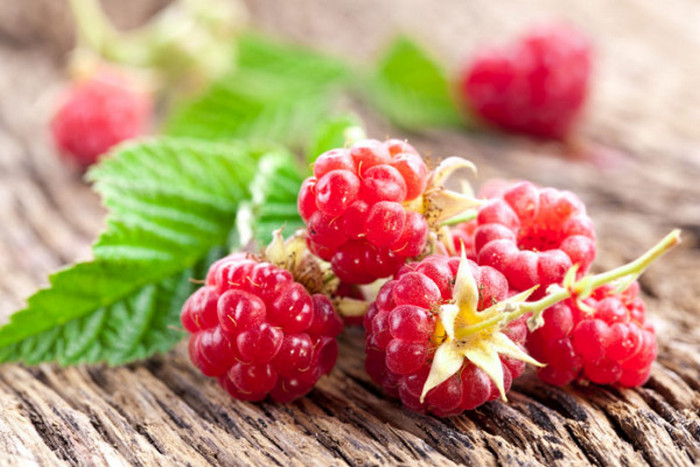Content:
Malina Vera was bred in the Altai Territory by the Research Institute of Horticulture of Siberia named after I. M.A.Lisavenko. The variety was obtained by crossing three other varieties: Kaliningrad, Barnaul and Novosti Kuzmin. The berry was bred in 1985, but it was included in the register of breeding achievements of the Russian Federation only in 1989. The Vera variety is in demand among gardeners to this day.
This variety is most common in the following regions of the country: West Siberian, Volgo-Vyatsky and Central Chernozem. In other areas, Vera garden raspberry has not received much recognition.
Description
Raspberry Vera is an early maturing and fairly high-yielding variety. The bush is semi-spreading, erect and low - from 120 to 150 centimeters. The stems of the plant are flexible and easily bend to the ground. Thorns are found over the entire surface of the stems. Berries usually grow in size from 2.5 to 4 centimeters, which is an average in comparison with other varietal raspberries. The fruits themselves have a dark crimson color, are juicy, rich in aroma and have the shape of a blunt cone. Drupes are characterized by medium size and weak adhesion to each other. It is this characteristic that does not allow the Vera variety to be safely transported over long distances. The fruits, under the influence of shaking, quickly lose their shape and turn into gruel.
Shoots turn brown about a year after planting, while retaining their original strength and flexibility. The leaves are medium in size and have a matte surface.
This type of raspberry belongs to the early ripening varieties. Flowering begins on average in the second decade of June, and the ripening of fruits in July. All fans of the variety especially note the taste of the berries - sweet with a slight pleasant sourness.
Ripening usually occurs at the same time in all bushes. The average yield of Vera raspberries is about 2 kilograms of berries per bush. On a more global scale, from one hectare of raspberries, you can harvest up to 12-13 centners of ripe berries per season.
This type of raspberry does not tolerate drought and frost very well, but it bears fruit especially abundantly during the rainy season.
Important! If during a drought, regular abundant watering of raspberries is carried out, the fruiting of plants will not decrease.
Summarizing the above, we can name the following undoubted advantages:
- early ripening of fruits;
- relatively high yield;
- excellent taste characteristics;
- thin thorns (not interfering with harvesting);
- the flexibility of shoots that can be tilted without problems for the purpose of shelter for the winter;
- the versatility of ripe berries (suitable both for fresh consumption and for freezing, preparing blanks for the winter).
Selection of seedlings
Having decided to plant raspberries of the Vera variety on your personal plot, you should pay particular attention to the choice of seedlings. It is preferable to purchase them in specialized stores or gardening nurseries. Buying seedlings from private owners on the market is a kind of lottery. It all depends on the seller's good faith and horticultural experience. In any case, when visiting the market, the risk of becoming the owner of a plant of inadequate quality is extremely high.Often sellers place the root system of seedlings in polyethylene, which inevitably leads to root rot. Moreover, the smaller the bush sold, the less likely it is to take root after planting in a permanent place of growth.
When choosing a seedling, you should make sure that it has two to four shoots and that it has a stem of medium length. Practice shows that overgrown bushes are difficult for transplanting.
Landing
Planting of Vera raspberry seedlings should be done in a permanent place. The ideal time is mid-September-early October. The category of berries described best grows in flat conditions, in areas not flooded by melt water. Some traditionally plant raspberries in the spring. But it is undesirable to do this with this variety. If it gets warmer sharply, or if the heat comes altogether, the bushes will not have time to take root, they will start to hurt and die as a result. Given the fact that quality planting material is not cheap at all, it is strongly discouraged to take risks.
The optimal soil for planting berries is loose and breathable. Like the remontant type of plants, Vera raspberry does not tolerate increased soil acidity: the soil should be either slightly alkaline or neutral.
In case of strong acidification of the site, it is recommended to liming before planting the seedlings. For this purpose, dolomite flour or lime is added to the soil. Experts recommend adding charcoal to the soil on the backyard.
When planting, it is recommended to maintain a certain distance, both between rows and between seedlings in rows. With tape planting, it is enough that between the bushes there is a little more than 0.5 meters, and between the rows - 1.3 meters. If the described requirement is met, caring for the bushes will be significantly simplified, and the yield will be consistently high.
Interesting. There is one simple technique that makes it possible to increase the yield from one bush by an average of two to three times. It does not require any serious financial investments or special efforts. It is enough just to increase the number of fruiting branches on the bush. This is done as follows. When the height of the young shoot becomes about a meter, the point of its growth should be pinched, carefully cutting off the top of the head by 3 centimeters. In a few weeks, side shoots will appear. When they, in turn, grow at least 25 centimeters, the operation should be repeated with them. As a result, by September, the number of side shoots instead of the usual three or four will be at least ten.
If the soil is depleted, organic or mineral fertilizers should be applied to the planting holes before planting.
Based on the description of the Vera raspberry variety, it becomes clear that the plant is capricious. This class of raspberries is especially whimsical to soil moisture. In addition, the variety has a low rate of resistance to a number of diseases and pests. For the purpose of prophylaxis, it is strongly recommended to treat the bushes with karbofos or Bordeaux liquid before flowering and after harvesting.
Variety care
According to most gardeners, the most important thing when caring for Vera raspberries is regular watering and timely removal of weeds. But this is not all that should be done with a plant in order to get a decent harvest of berries in a year (season).
Support organization
To ventilate the raspberry bushes, it is recommended to tie up the shoots. For this purpose, a wire is pulled on specially installed supports, to which the bushes are tied. It is recommended to carry out this manipulation until the buds open. Otherwise, it will not work to avoid damage to the bush.
Top dressing
Fertilizers for this variety should be applied at least 3 times during the season.If organic fertilizers (humus or compost) were introduced into the ground during planting, then phosphorus-potassium compounds can be dispensed with. Practice shows that the Vera variety responds very well to organic matter. And if in the spring it is introduced in insufficient quantities, this fact will inevitably affect not only the health of the stems, but also the quality indicators of the crop.
Preparing for winter
Preparation for the cold season must include the following mandatory activities:
- water-charging irrigation (twice as much moisture is introduced under the bushes than with summer watering); if the autumn is rainy, the need for such watering, accordingly, disappears;
- pruning (the number of pruning directly depends on the number of weak, damaged and dry shoots);
- shelter for the winter (by bending to the ground, followed by fastening and covering with insulation material).
Fighting disease
The described variety is especially susceptible to such a common disease as purple spot. This is a fungal disease, the causative agent of which is the pathogen Didymella applanata Sacc (the second name of the disease is Didymella).
Symptoms indicative of a raspberry infection are as follows:
- lilac-brown spots appear on annual shoots at the places of leaf attachment;
- necrosis develops on fruit twigs, leaves and petioles.
The number of lilac-brown spots grows over time, and they ring the entire stem, and necrosis leads to the complete drying out of the affected parts of the plant.
The disease is treatable. Measures to combat purple spotting are reduced to the destruction of infected parts of the plant. From chemical preparations, copper oxychloride or Bordeaux liquid is used as a prophylaxis.
Interesting. In the world market, Russia is the leader in the cultivation of such berry crops as raspberries.

